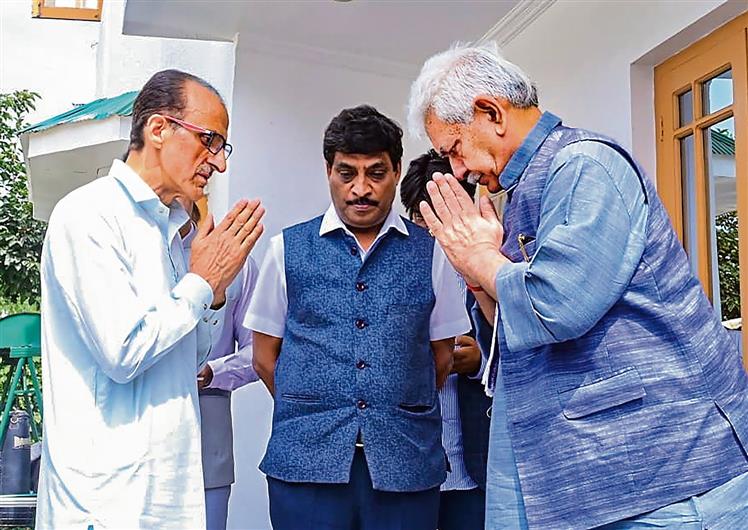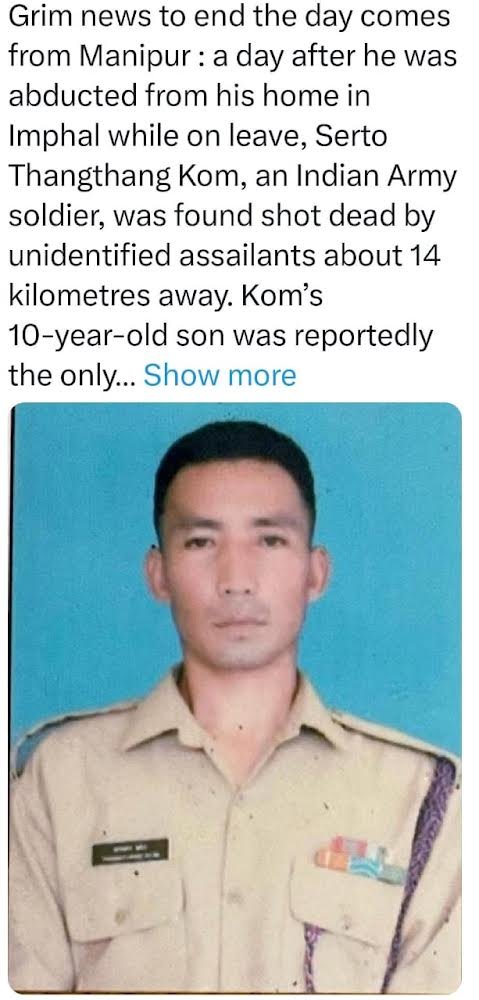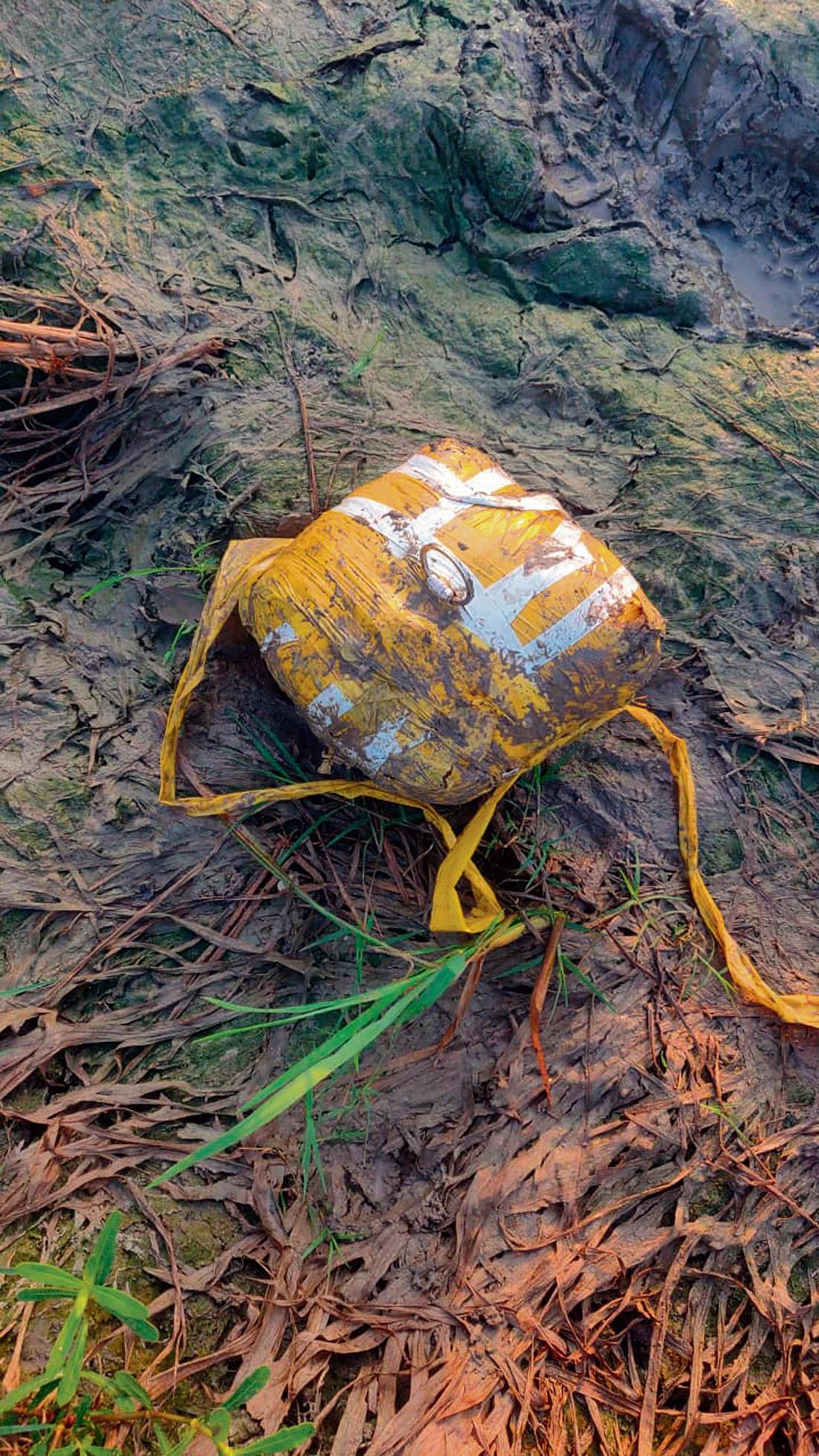The Indus Waters Treaty completes 63 years of its existence today. The concerns that were not foreseen in 1960 call for bilateral cooperation beyond the treaty.
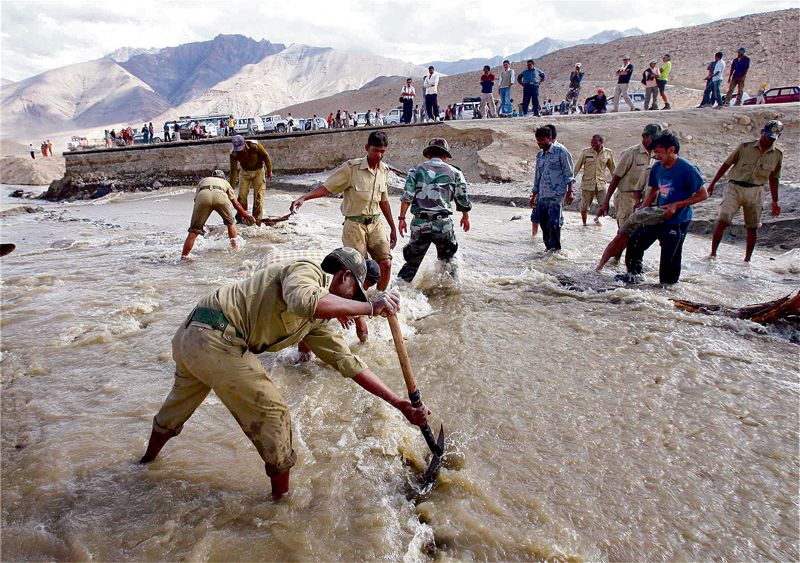

NO aspect of our existence today can be fully comprehended without taking into account the impact of climate change, a universal crisis that is presenting itself as a major and well-acknowledged challenge. It has been justifiably described as an existential threat to humanity. Climate-induced changes are exerting major pressure, especially on natural resources shared across contested political borders. Climate change has implications for water resources through increasing temperatures, shifting precipitation patterns and altering the timing of snowfall and glacier melt, leading to shifts in the seasonality of river flows. The Indus river system is one such affected system revealing a multi-faceted impact on the areas for which it is a lifeline.
The Indus river system, primarily nourished by precipitation and snow/glacier melt in the high-mountain ranges of Tibet-China, North-West India, northeast Afghanistan and north Pakistan, is one of the largest irrigation systems in the world with a drainage area of about 112 million hectares and an irrigated command area of over 26 million hectares. The water flowing through it (estimated to be constituted by around 32 per cent glacier melt, 40 per cent snowmelt and 28 per cent rainwater during peak stream flow) is vital for existing hydropower projects, with massive untapped potential across its headwater tributaries, and for agricultural production in valleys and downstream arable lands. The Indus river waters play a crucial role in the prosperity and growth of national economies and livelihoods of over 300 million inhabitants in Afghanistan, India and Pakistan. However, water, food and energy security in this region is inextricably linked with sustainable water supply in the Indus basin, which is prone to alteration by climate change and the increasing needs of a rapidly growing population, besides socio-economic development and ecosystem services. According to estimates, the Indus basin will lose up to 8.4 per cent of its total water resources by 2050. Experts simultaneously suggest that the rate of recession of glaciers will be hastened further in case of any increase in global temperatures.
The melting of ice and snow stored in the glaciers and the twice-yearly monsoon winds are the two main sources of freshwater in the Indus basin, both of which are acutely vulnerable to climate change. The Hindukush Karakoram Himalaya glaciers are among the least monitored and least researched among glacier systems. One of the consequences of climate change is a reduced flow in the Indus rivers. If there is a substantial decrease in the flows of any one of the western rivers due to climate change, even during the period of abundant supply (June-September), the reduced supplies to India and Pakistan may lead to misunderstandings.
Thus a deeper look and analysis of the major impact of climate change as experienced by the Indus basin are imperative. These include:
(i) Reduced snowmelt and glacier melt: The Indus basin is heavily reliant on snowmelt and glacier melt for its water supply. However, climate change is causing these sources of water to decline. This is leading to water shortage, which is already being felt in some parts of the basin.
(ii) Increased flooding: Climate change is also causing more extreme weather events, such as floods. These floods can cause widespread damage and displacement.
(iii) Changes in precipitation patterns: Climate change is causing rainfall patterns to change leading to more frequent and erratic rainfall and droughts. Such changes are making it difficult to plan for water management in the basin.
(iv) Increased water pollution: Climate change is also making it more difficult to manage water pollution as warmer temperatures and changing precipitation patterns are leading to the growth of algae blooms and other forms of pollution.
According to experts, the area, because of its geographic diversity, has grown extremely vulnerable to floods due to the impact of faster glacial melting in the north, increase in the frequency of droughts, and higher flood risks and salinity levels in the Indus river delta. The Indus basin has a long history of floods. As per records, floods have hit it at least 10 times since 1905, causing significant economic losses and casualties. This is well borne out by the fact that even in recent decades, Pakistan has experienced a high incidence of deadly floods. The devastating floods of July-August 2022 led to more than one-third of the country being inundated, driving millions from their homes. Since then, Pakistan has been reeling under the after-effects, suffering food shortage as well as outbreaks of waterborne diseases. The extreme weather event threw up an immense $16.3 billion reconstruction bill and raised the question whether Pakistan’s recovery could incorporate more climate resilience, given its significant financial constraints.
India and Pakistan share waters of the Indus basin as per the Indus Waters Treaty (IWT). This agreement, facilitated by the World Bank, completes 63 years of its existence today. The newer emerging concerns that were not foreseen in 1960 — in particular, climate change and its impact on water resources — call for bilateral cooperation beyond the treaty. India felt that there was a need to devise a climate-smart response. Accordingly, in January this year, India announced that it wanted to renegotiate the treaty under Article XII (3) of the IWT to take into account a changed environmental and geopolitical situation, rather than work within what it saw as an outdated framework.
Pakistan’s carbon emissions are less than 1 per cent of the global figure, but it’s ranked among the 10 countries most vulnerable to climate change, according to Germanwatch, a think tank. Pakistan, the major beneficiary of the Indus waters, must realise that when communities are well prepared, extreme weather events do not lead to disasters. Pakistan should, therefore, join the negotiation process to work out a new Indus agreement for a comprehensive and integrated form of basin management based on the experience of the past 63 years and future requirements to derive maximum economic benefit.





















































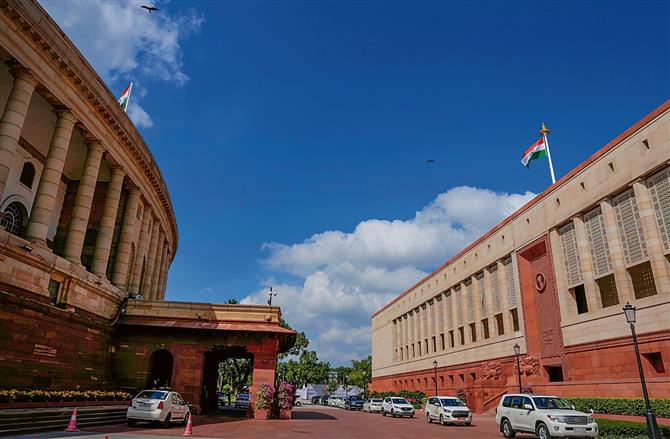
 Entering with new hope
Entering with new hope ‘Focus on improving nation’s condition’
‘Focus on improving nation’s condition’


